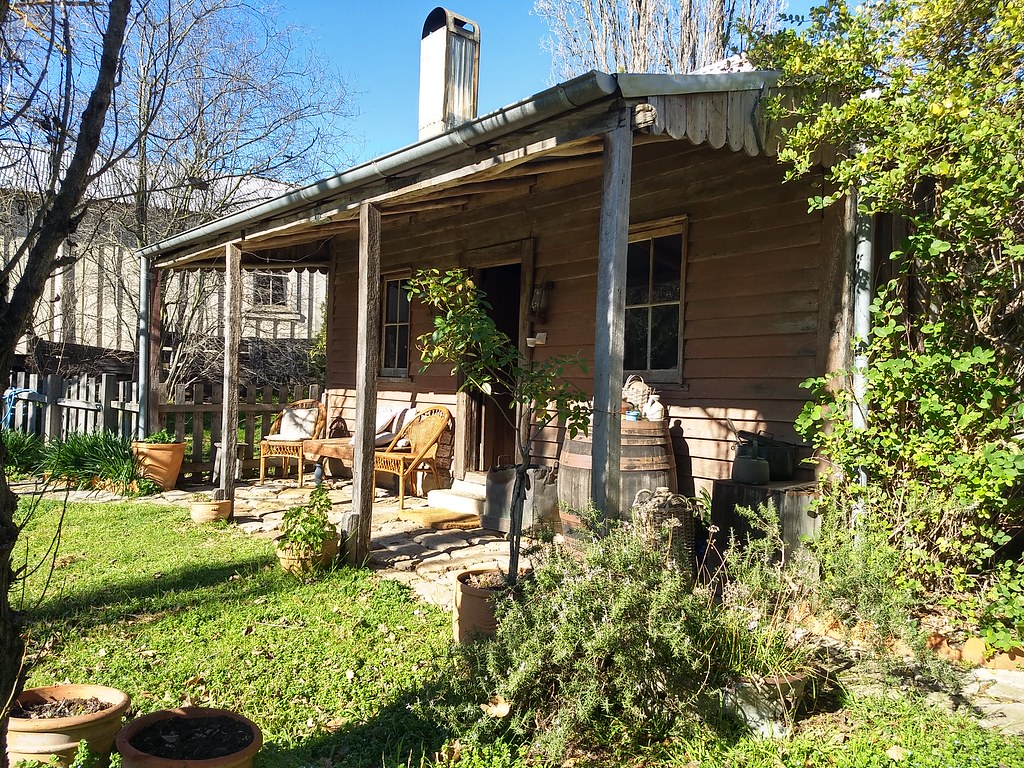And the world around me has finally turned green and misty....perfect! Can't believe the lavender is showing off either.
Well, the rules are beginning to relax as I write this and we are all feeling a sense of optimism for salvaging our 2020 and using the time to prepare for a better, happier, safer 2021 that may even have a Covid19 vaccine in it. If I'm honest I haven't felt nearly as isolated as a lot of other people I know but that's because I have hermit-like tendencies anyway plus living rurally and a few kms from the nearest town means we live in relative isolation anyway. What I have missed is seeing my family and meeting my friends so the reunions for all of us are going to be wonderful and I hope you'll start experiencing that joy as well soon wherever you are.
I don't like blitzing you with newsletters and in fact made a promise I'd only ever send out three per year but there may be four this year, mostly due to it being a weird year where a lot of folk are welcoming the distraction and interaction but also because I'm under some pressure to share my recipes for apples that have won some attention and I don't want you to miss out on new season apples for your baking. I've included French apple jelly, Tarte Normande and a magnificent German apple cake. You will not regret any of them although I can't tell you which apples to use - I am harvesting from a tree we've inherited at the farm. They look like Jonathans and have a marvellous perfume along with a brilliant acidic crunch for baking. And I have Ian to thank for keeping that tree going these last few years.
 |
| Fiona McIntosh |
I don't like blitzing you with newsletters and in fact made a promise I'd only ever send out three per year but there may be four this year, mostly due to it being a weird year where a lot of folk are welcoming the distraction and interaction but also because I'm under some pressure to share my recipes for apples that have won some attention and I don't want you to miss out on new season apples for your baking. I've included French apple jelly, Tarte Normande and a magnificent German apple cake. You will not regret any of them although I can't tell you which apples to use - I am harvesting from a tree we've inherited at the farm. They look like Jonathans and have a marvellous perfume along with a brilliant acidic crunch for baking. And I have Ian to thank for keeping that tree going these last few years.























